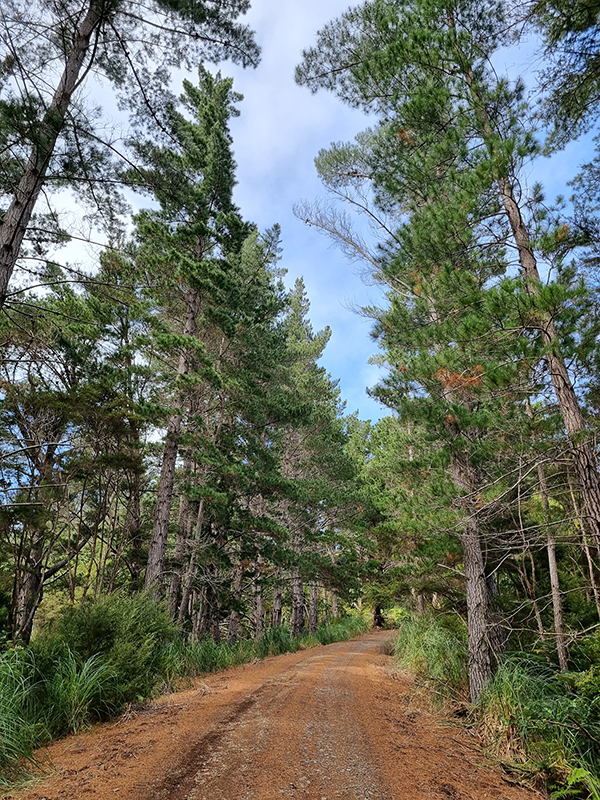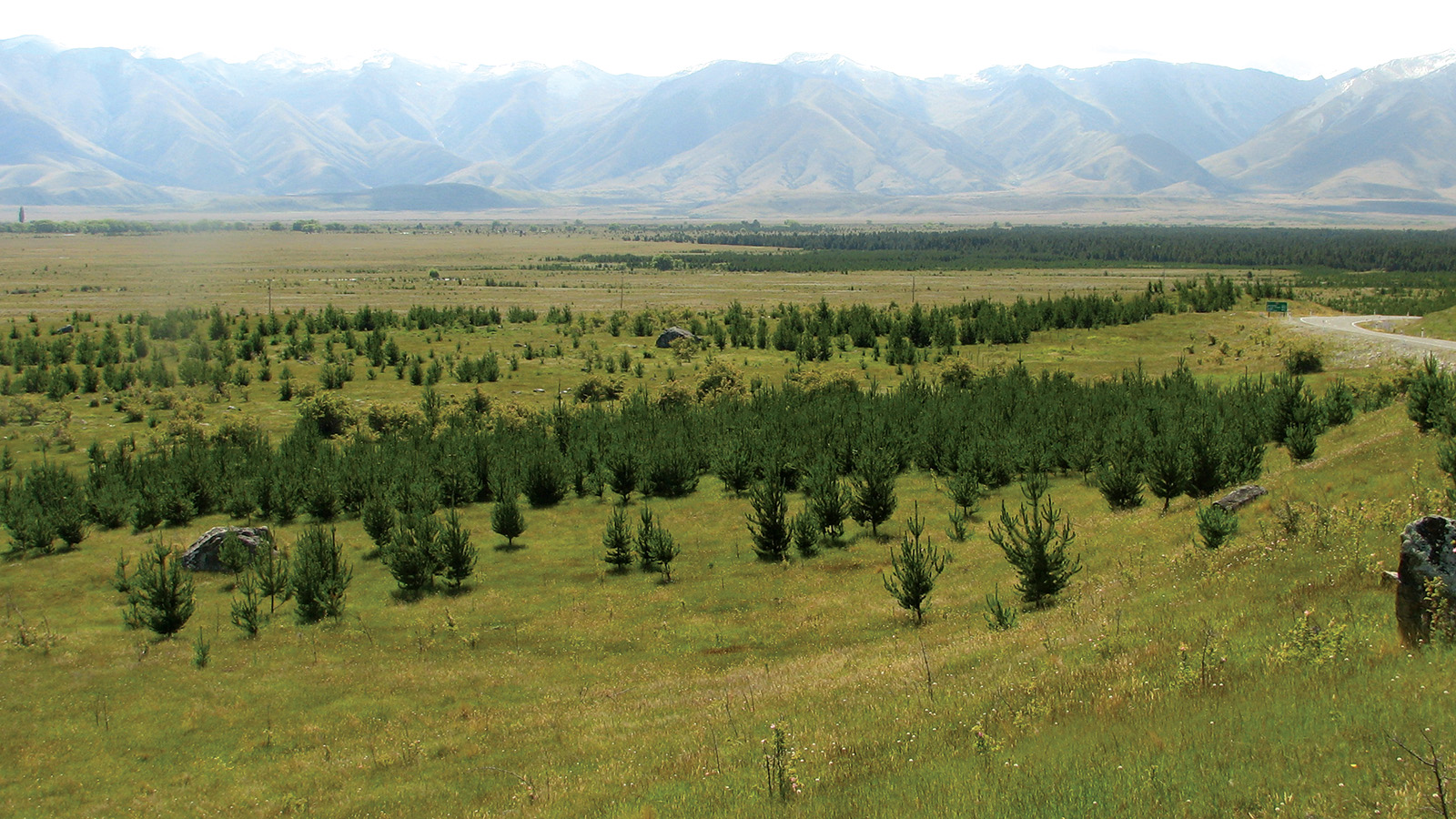| Management programme |
| Progressive containment |
| Objectives |
| Progressively contain wilding conifers to ensure that land free of or being cleared of wilding conifers does not become infested/reinfested to prevent adverse effects and impacts. |
| Impacts |
| Economic, biodiversity, water quantity/quality, social and cultural wellbeing, amenity /recreation. |
Wilding conifers are any introduced conifer tree, including (but not limited to) any of the species listed below, that has established by natural means, unless it is located within a forest plantation, and does not create any greater risk of wilding conifer spread to adjacent or nearby land than the forest plantation that it is a part of. (A forest plantation is considered an area of 1 hectare or more of predominantly planted trees.)
Wilding conifers mainly establish as a result of natural seed spread. This process has been exacerbated by occupiers failing to act when wilding conifers first occur, and much of the ongoing wilding conifer spread in New Zealand is generated from existing areas of reproducing wilding conifers. Initial wilding conifer spread originated from a range of sources, particularly historic or ‘legacy’ plantings, such as Crown plantings for erosion control and research; long-established shelterbelts and amenity plantings on private and pastoral lease land; and in some locations, from woodlots and forestry plantations.

Wilding pines subject to the progressive containment programme
- Bishop pine (Pinus muricata)
- Contorta or lodgepole pine (Pinus contorta)
- Corsican pine (Pinus nigra)
- Douglas fir (Pseudotsuga menziesii)
- Dwarf mountain pine (Pinus mugo)
- European larch (Larix decidua)
- Maritime pine (Pinus pinaster)
- Mountain pine (Pinus uncinate)
- Ponderosa pine (Pinus ponderosa)
- Radiata pine (Pinus radiata)
- Scots pine (Pinus sylvestris)
Why are wilding pines a pest?
Conifers are planted in the Waikato region mainly for production forestry, shelterbelts and erosion control by industry, government agencies and private individuals. The production forestry industry makes a very important contribution to the economy of the Waikato region, but wind-dispersed seed from plantations may result in unplanned and unmanaged wilding trees that grow much faster than native species. Productive farmland and recreational opportunities such as mountain biking, horse riding and tramping can be threatened by heavy infestations of wilding conifers. In particular, wilding conifers obscure scenic views, decrease production of pastoral farms, increase the risk of fire, reduce stream water yield in flow-sensitive catchments, invade and alternative ecosystems and displace native species, and impact on cultural and historic sites.
How can I control wilding pines?
- hand-pull or hand-saw young seedlings.
- saw or chainsaw medium to large trees.
- use herbicide, either injected directly into the tree, or applied to bark.
More information
For advice and additional information on wilding pines and control methods, call our pest plant staff on freephone 0800 800 401.





To ask for help or report a problem, contact us
Tell us how we can improve the information on this page. (optional)